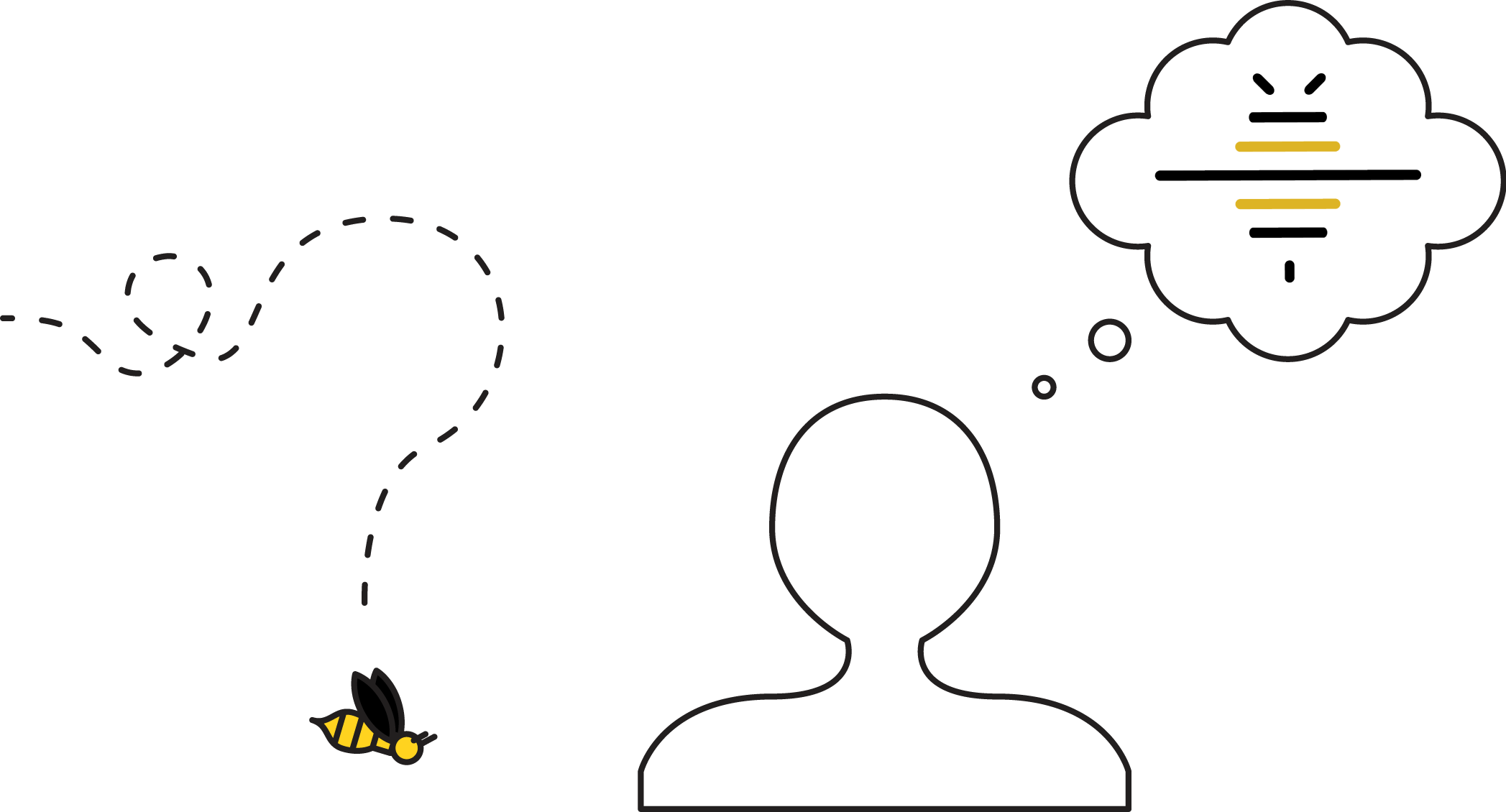The HS classification of plant-based meat

What is a classification?
HS classification is the process of determining a products place in the universal index of international trade. Proper classification is essential to compliance, but finding the true classification of a certain product can be challenging and sometimes absurd.
Plant-based meat vendors are working hard to brand their products as a meat alternative rather than as a traditional vegetarian product. While this marketing strategy is working, for Customs purposes these products remain under the same heading as all other imitation meats (2106.90). However, new products are arriving quickly (such as plant-based eggs and bacon) which could be classified differently depending on their ingredient list and level of manufacturing — if the product has one dominant ingredient (i.e. it is made of 100% beets) then the correct classification could reasonably shift to a different category.
| Description | HS Code | Current Duty Rate | PGA Requirements* | Detail |
| Plant-based meat (incl. burger patties and sausages) | 2106.90.99.99 | 10.5% | CFIA, Environment Canada | All plant-based meat products are classified as ‘food preparations not elsewhere specified’ |
*Note that the PGA requirements can vary depending on the country of origin, end use and state (dried, chilled, fresh) of the items you are importing. For more information, please contact us.
**Classifications are provided by Border Bee Customs Brokers as a reference guide for importers and should not be relied upon solely for commercial classification.

